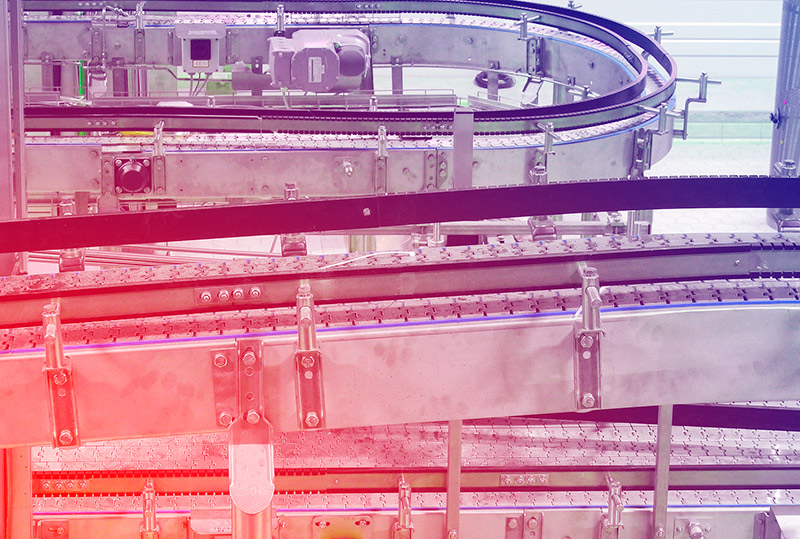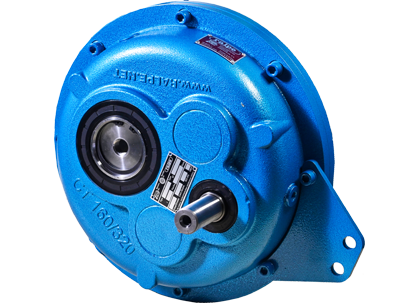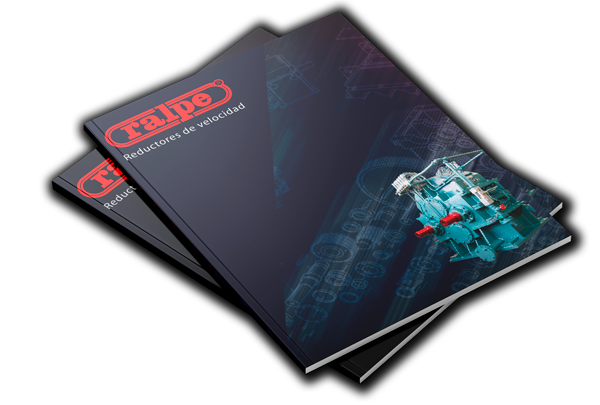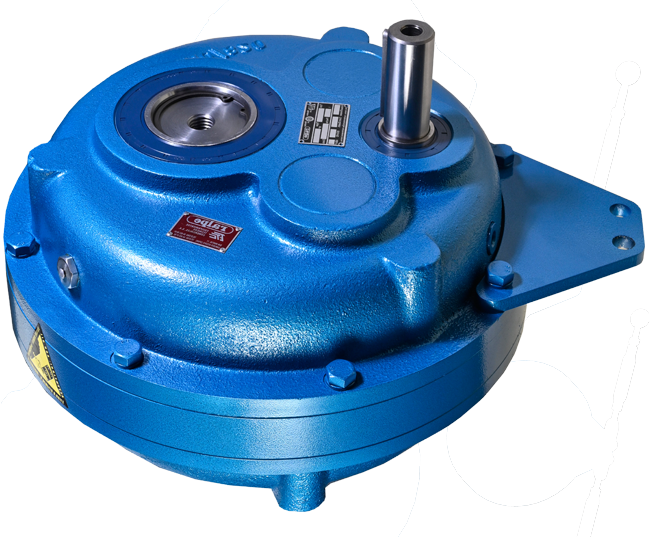RALPE CT Pendular Gearboxes
They are used in numerous industry types, from large drives to small machinery. Coupled to the motors, these work at different speeds to what they were manufactured for.
They can be installed horizontally or vertically.
They are manufactured with i:15 transmission ratio, covering a large range of transmissible power values between 0.52 to 230 kW, with starting speed between 10 to 200 rpm.
The CT gearboxes are quiet and high performing, reducing maintenance requirements to lubricant change and control, and oil retaining rings.
The tensor provided with each gearbox allows to tighten the transmission belt comfortably and easily.
Technical specifications
Power: From 0.52 to 230 kW
Starting speed: 10 to 200 rpm
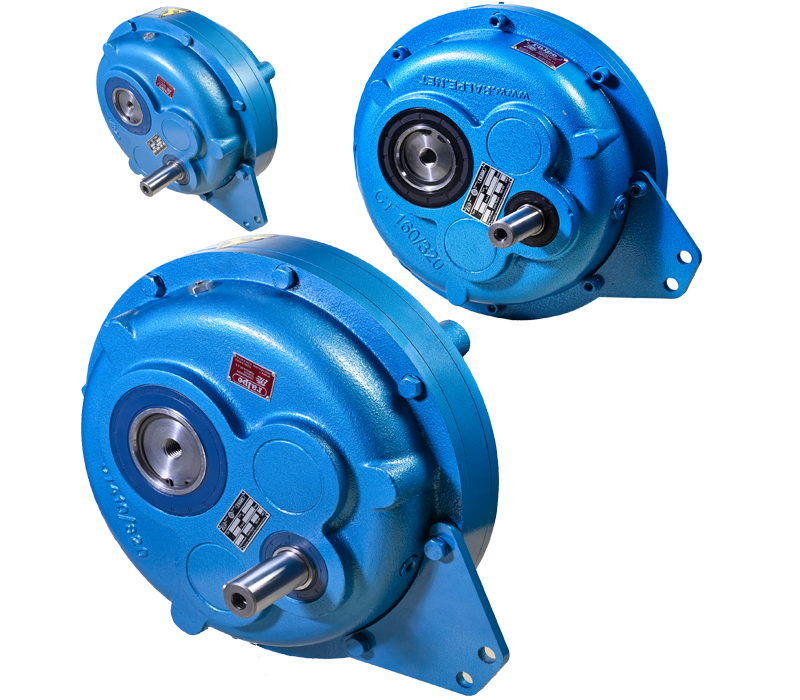
Manufacturing
The gears are manufactured in hardened steel, hardening and tempering and nitriding.
All shafts are built on tapered roller bearings and ball bearings.
Utilisation
The primary shaft is activated through v-belts or any other transmission method by the motor, which can either be fixed to the floor or to the machine.
In the CT gearboxes the reaction generated by the exit shaft can be borne by a reaction arm fixed anywhere in the periphery of the gearbox housing. Preferably the furthest away from the reaction point and anchored to the ground or fixed to the machine from one end, so the housing is immobilised. The length of this arm can be adjusted by a tensor and it is used to secure the primary transmission tension with pulleys, removing the need for motor drives.
If, due to the work required, the gearbox suffers continuous changes of direction of travel or large overloads, it is preferable to install two reaction tensors.
